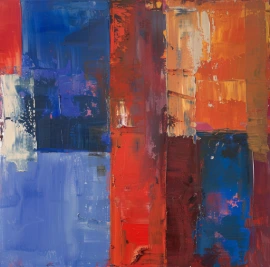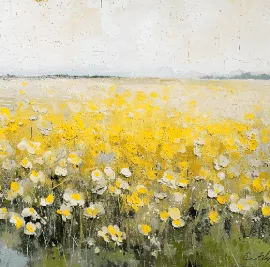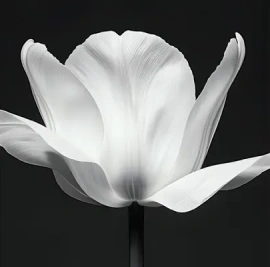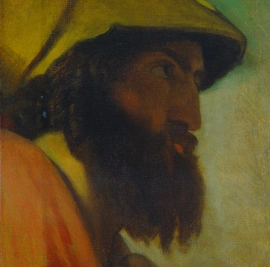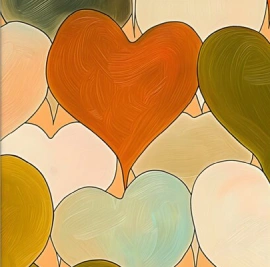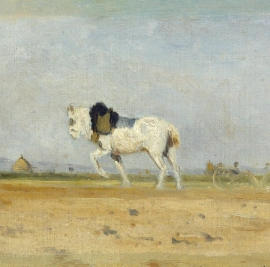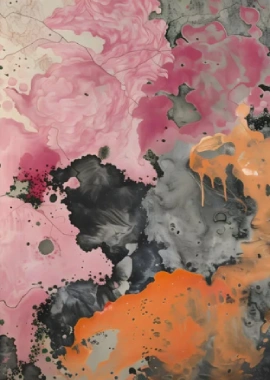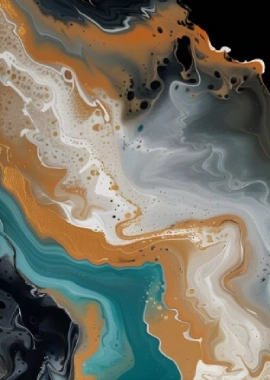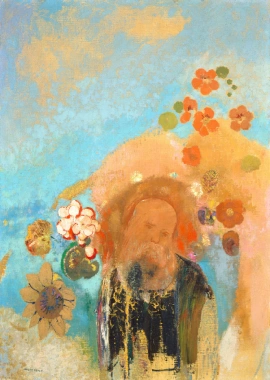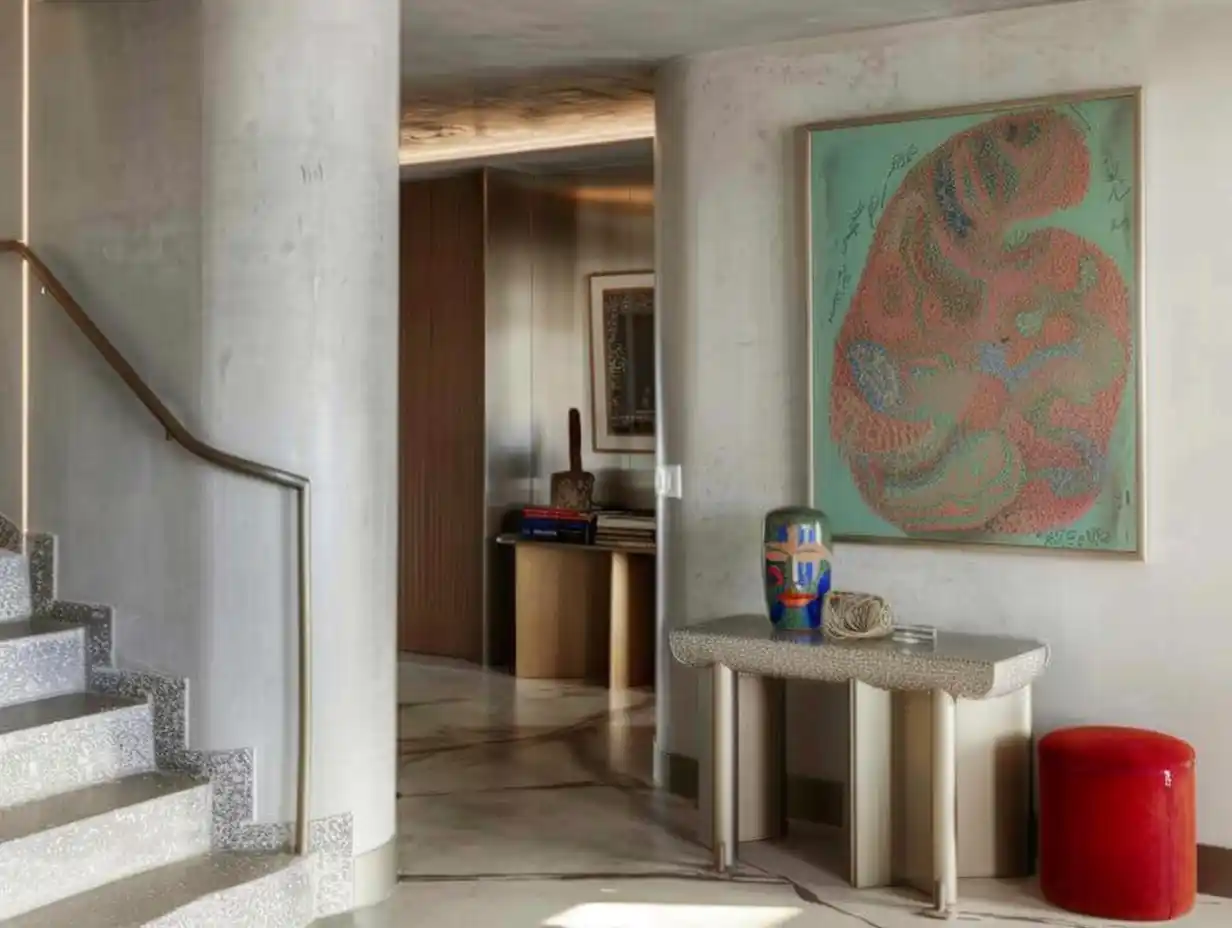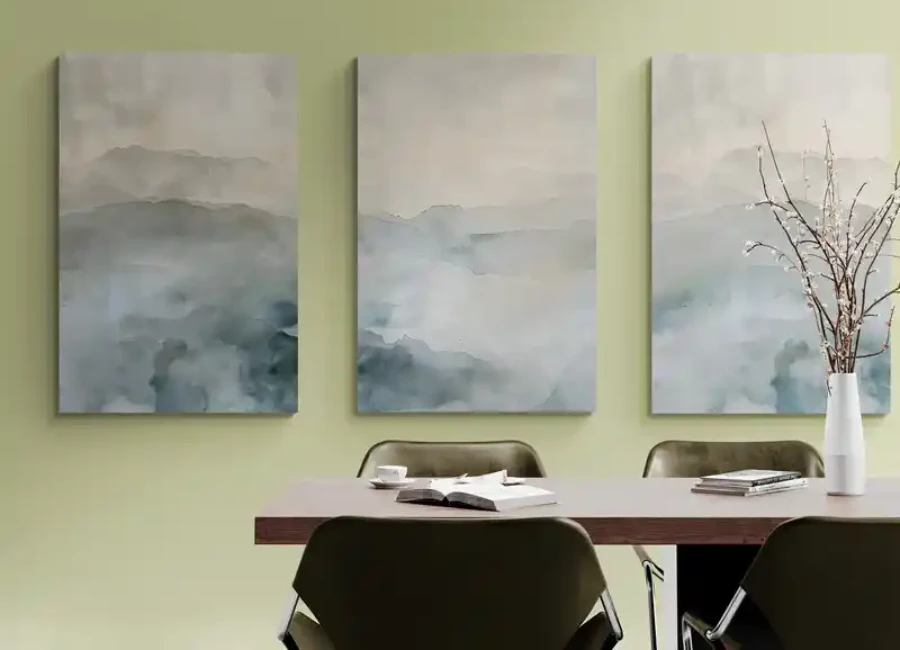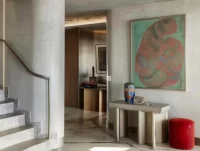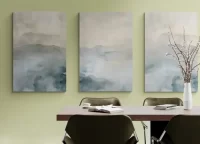Let the beauty of what you love be what you do.Lorem Ipsum is simply dummy text of the printing and typesetting industry. Lorem Ipsum has been the industry’s standard dummy text ever since the, when an unknown printer took a galley of type and scrambled it to make a type specimen book. It has survived not only five centuries, but also the leap into electronic typesetting, remaining essentially unchanged. It was popularised in the with the release of letraset sheets containing lorem ipsum passages, and more recently with desktop publishing software like aldus pagemaker including versions.
The Enigma Unveiled
Have you ever found yourself lost in the mesmerizing depths of a seemingly simple canvas? Neutral abstract art has a way of captivating the senses, inviting us to explore the essence of pure form, color, and emotion. It’s an intriguing enigma that transcends the boundaries of representation, inviting viewers to experience art in its purest, most unadulterated form.
The Evolution of Abstraction
To truly appreciate the allure of neutral abstract art, we must first delve into its fascinating origins. Imagine being in the shoes of the revolutionary pioneers:
- Wassily Kandinsky, the father of abstract art, who dared to break free from the constraints of figurative painting, paving the way for a new era of artistic expression.
- Piet Mondrian, the mastermind behind the de Stijl movement, whose bold geometric compositions redefined the very concept of art.
But the evolution didn’t stop there. Other pivotal epochs and masterminds left an indelible mark on the world of neutral abstraction, such as:
- The profound impact of Minimalism, which stripped art down to its most essential elements.
- Artists like Mark Rothko and Barnett Newman, whose unique nature wall art explored the sublime world of color fields, captivating viewers with their immersive and emotive canvases.
The picture is an organism that lives its own life. It starts living the moment it comes into contact with the soul of the viewer.


Deconstructing the Canvas
At the heart of neutral abstract art lies a symphony of form and color, meticulously orchestrated to evoke a profound sense of emotion and wonder. Let’s break it down:
The Poetics of Form
- Geometric symphonies: Shapes like circles, squares, and triangles take on a symbolic language, each with its own unique narrative to tell.
- The eloquence of lines and curves: Simple yet powerful, these elements dance across the canvas, guiding the viewer’s eye in a mesmerizing choreography.


The Chromatic Odyssey
- Color theory and its applications: The careful selection and placement of hues can instantly transform the mood and energy of a piece. From soothing black and white nature wall art to vibrant chromatic explorations, color is the artist’s magic wand.
- Monochromatic mantras: Don’t underestimate the emotive power of a single color palette. Canvas nature wall art in shades of blue or earthy tones can evoke a sense of calm or grounding, inviting contemplation.
The Harmonious Confluence
- Composition as the orchestrator: The masterful arrangement of shapes, lines, and colors creates a sense of depth and movement, guiding the viewer’s journey across the canvas.
- The resounding silence: Negative space plays a crucial role in neutral abstraction, allowing the elements to breathe and resonate with the viewer.
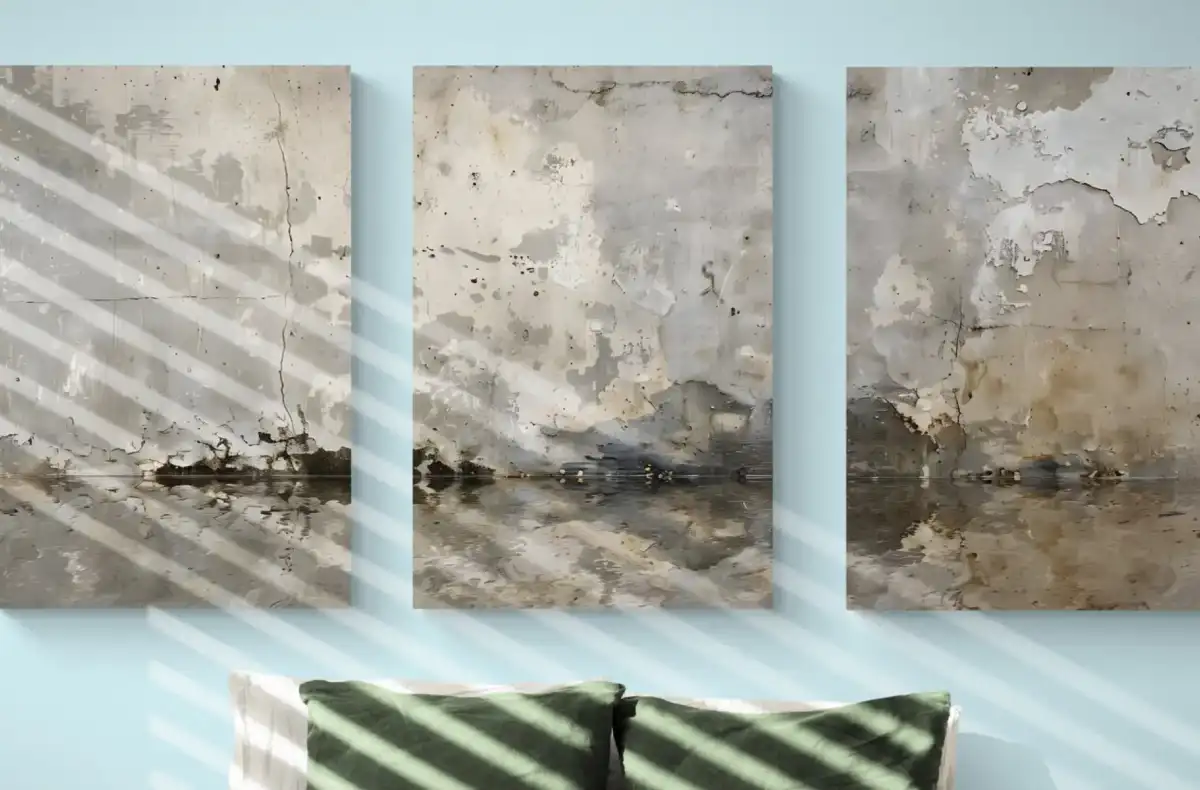
The Beholder’s Gaze
One of the most captivating aspects of neutral abstract art is the way it invites personal interpretation. It’s a dialogue between the artist and the viewer, where subjectivity reigns supreme:
- The viewer as the interpreter: Your individual experiences, perspectives, and narratives shape the way you perceive and resonate with each piece. An inexpensive painting can hold just as much profundity as a masterwork, depending on the beholder’s gaze.
- Emotive resonance: The evocative nature of neutral abstract art has the power to stir emotions within us, tapping into the psychology of perception and our associations with color, form, and symbolism.
- Transcending tangibility: By liberating artistic expression from literal depiction, neutral abstraction invites us to explore the interpretive possibilities of pure form and emotion.
The Contemporary Continuum
The allure of neutral abstract art has stood the test of time, continuing to captivate and influence the art world and beyond:
- An enduring captivation: From large abstract wall art that commands attention in living rooms to the evolving exploration of the genre, neutral abstraction remains a powerful force in art and design.
- Public resonance: DIY wall art canvas, bathroom wall art canvas, and even Christian wall art canvas installations have the power to transform urban landscapes and public spaces, fostering emotional and psychological connections with the viewer.
- The market’s perspective: The art world has embraced neutral abstraction, with notable collectors and institutions championing the genre. Whether it’s a 3-piece wall art canvas or an inexpensive painting, the market recognizes the value and significance of these works.
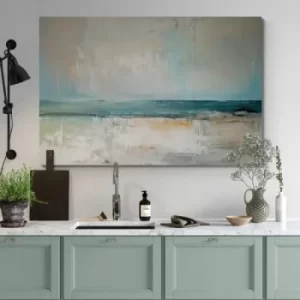
EXPERIENCE IN ITSELF, BECAUSE OF THE
WAY IT IS PAINTED.
Techniques and Mediums
But wait, there’s more! The world of neutral abstract art is a playground for creative exploration, with artists pushing the boundaries of techniques and mediums:
Exploring the Creative Process
- The artist’s tools: From traditional brushes and knives to unconventional implements like squeegees or even the human body, the possibilities are endless.
- Mastering techniques: Pouring, dripping, and gestural applications breathe life into the canvas, each stroke a testament to the artist’s mastery.
Beyond the Canvas
- Sculpture and installations: Three-dimensional neutral abstraction invites viewers to interact with and experience the art in a whole new way.
- Digital explorations: With the advent of digital tools and software, artists are venturing into new realms of abstract wall art canvas creation, pushing the boundaries of what’s possible.
Philosophical Underpinnings
Beneath the surface of neutral abstract art lies a rich tapestry of philosophical and spiritual influences that add depth and meaning to the genre:
The Essence of Minimalism
- Simplicity as a pathway to profundity: The minimalist approach of neutral abstraction strips away the superfluous, allowing the essence of form and color to shine through.
- The influence of Zen philosophies: The principles of harmony, balance, and mindfulness resonate strongly within these works, inviting viewers to find stillness and clarity amidst the chaos of the modern world.
Spirituality and Transcendence
- Abstract art as a vehicle for metaphysical expression: For many artists, neutral abstraction serves as a conduit for exploring the realms of spirituality and the metaphysical, transcending the physical world.
- The role of meditation and mindfulness: The creative process itself can be a form of meditation, with artists tapping into a heightened state of awareness and presence as they bring their visions to life.
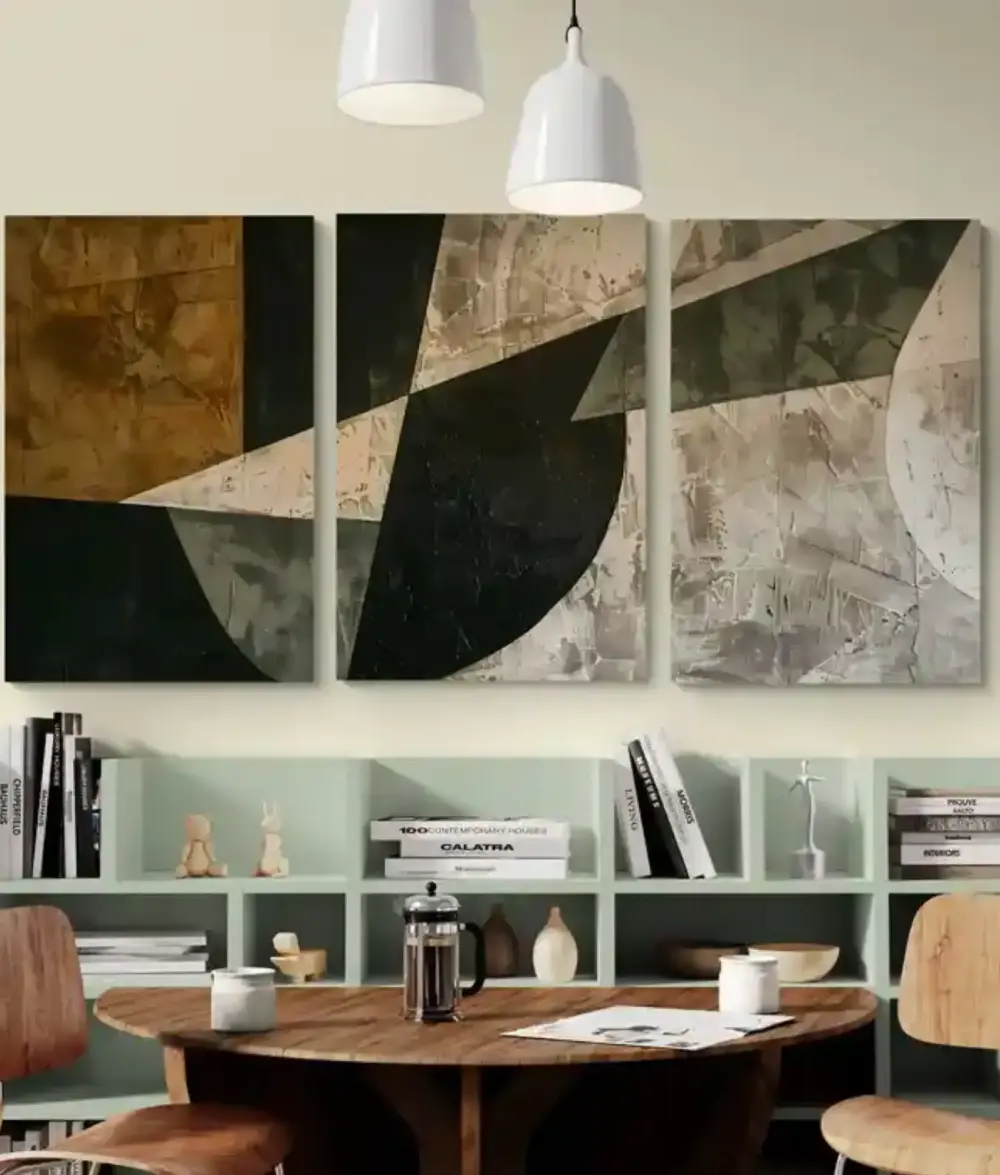
Coda: The Eternal Allure
As we reach the end of our journey, one thing becomes abundantly clear: the allure of neutral abstract art is eternal, captivating generations of artists and viewers alike. It is a continuum of captivation, inviting us to explore the depths of pure form and color, to transcend the boundaries of representation, and to embrace the transformative power of art in its most essential form.
So, the next time you find yourself lost in the mesmerizing depths of a canvas, remember: this is not merely a collection of shapes and hues. It is a symphony, a poetic expression of the human spirit, a portal into the realms of emotion, spirituality, and transcendence. Embrace the enigma, and let the allure of neutral abstract art wash over you.
- What distinguishes neutral abstract art from other forms of abstract art? The use of pure, often monochromatic or muted color palettes, along with a focus on simplified shapes and compositions, sets neutral abstract art apart from more expressive or gestural abstract styles.
- How did pioneers like Kandinsky and Mondrian shape the neutral abstract art movement? Kandinsky’s revolutionary break from figurative art and Mondrian’s exploration of geometric abstraction laid the foundations for the neutral abstract art genre, emphasizing the power of pure form and color over representation.
- What role does color theory play in the creation of impactful neutral abstract artwork? Understanding color theory allows artists to harness the emotive and symbolic properties of different hues, creating harmonious or contrasting palettes that evoke specific moods and resonance within their neutral abstract compositions.
- Can neutral abstract art evoke specific emotions in viewers, and if so, how? Absolutely. Despite its minimalist aesthetic, neutral abstract art can stir a range of emotions through its careful use of color, shape, and composition. The viewer’s personal associations and experiences also play a role in their emotional response.
- Why is the use of negative space a significant element in neutral abstract compositions? Negative space allows the core elements of shape and color to breathe, creating a sense of balance and harmony within the composition. It also invites the viewer’s eye to explore the work in a more active, engaging manner.
- How does neutral abstract art challenge traditional notions of representational art? By rejecting the depiction of recognizable subjects or narratives, neutral abstract art challenges the viewer to appreciate art for its pure formal and chromatic qualities, encouraging a more subjective and personal interpretation.
- What symbolic meanings can be associated with geometric shapes and lines in neutral abstraction? Circles may represent unity or infinity, squares can symbolize stability or balance, and triangles can convey energy or movement. Lines, whether straight or curved, can create a sense of direction or tension within the composition.
- In what ways has neutral abstract art influenced contemporary art and design trends? The minimalist aesthetic and emphasis on simplicity and form have had a significant impact on modern architecture, interior design, and product design, as well as continuing to inspire new generations of abstract artists.
- How can public installations of neutral abstract art impact the urban environment? Public installations of neutral abstract art can transform urban spaces, creating moments of contemplation and respite from the hustle and bustle of city life. They can also foster a sense of community and shared experience.
- What factors contribute to the perceived value of neutral abstract artworks in the art market? The artist’s reputation, the quality and uniqueness of the work, its historical significance, and the overall scarcity of the piece can all contribute to its perceived value in the art market.

